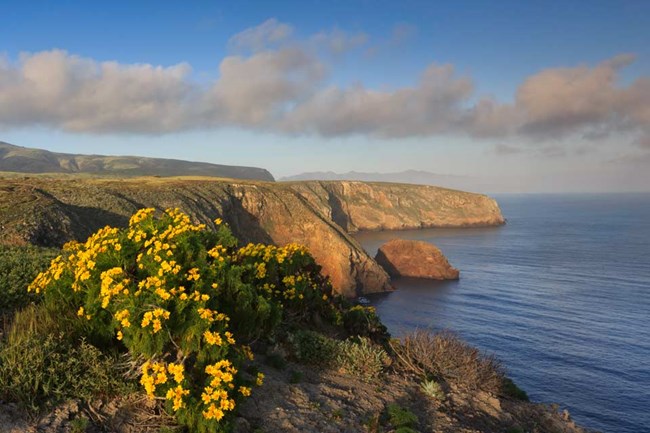In collaboration with The Nature Conservancy, our team will be researching the efficacy of eradication efforts for highly invasive plant species on Santa Cruz Island. Situated off the coast of Southern California, Santa Cruz Island is the largest and most diverse of the five Channel Islands, and is home to over one thousand species of plants and animals. Unfortunately, invasive species are overwhelming the geographically isolated, Mediterranean-climate island’s ecosystem and are threatening a high number of endemic species.
Over the last 15 years, The Nature Conservancy has utilized novel, cost-effective, and quick eradication methods to address the invasive plant problem. This project focuses on using georeferenced survey and treatment data collected by The Nature Conservancy from 2007, 2011, and 2014 to 2022 to create time series maps and projection maps depicting what invasive plant distributions look like today and what distributions may look like if TNC were to halt its eradication efforts. Our report discusses how the importance of invasive plant management has changed over time and discusses attributes of the invasive plant species TNC is currently working towards eradicating. The results we collect will advance understanding of invasive plant species eradication methods on the landscape scale, for both the Channel Islands and The Nature Conservancy’s preserves worldwide.
Student Team: Sofia Azmat, Emma Butcher, Madison Fedor, Rachel Hagar, Edward Quick, Emmy Shaw, Ryo Shiratori, and Grace Wallace
Client: The Nature Conservancy: Santa Cruz Island Preserve
Advisor: Dr. Travis Longcore

